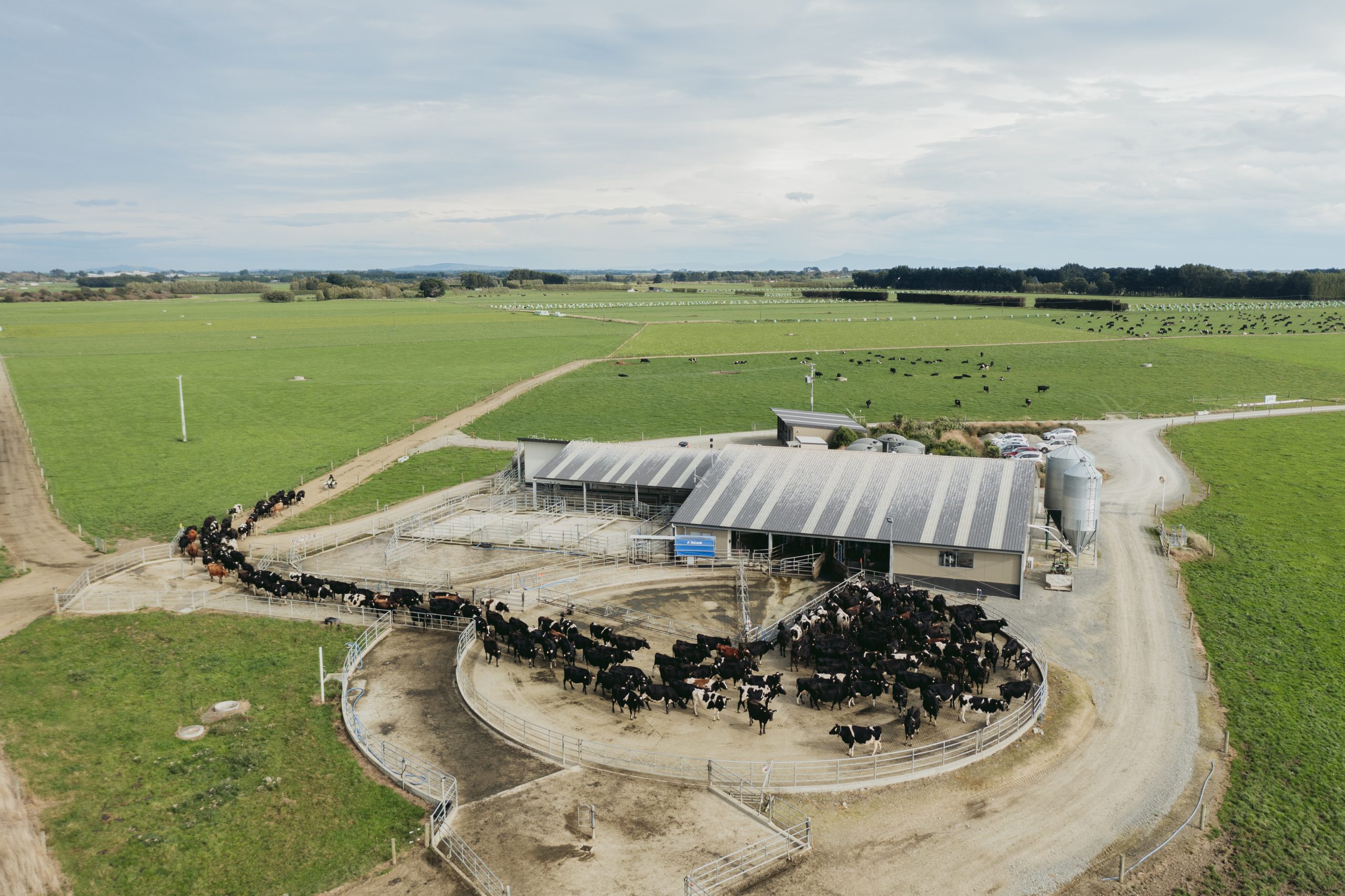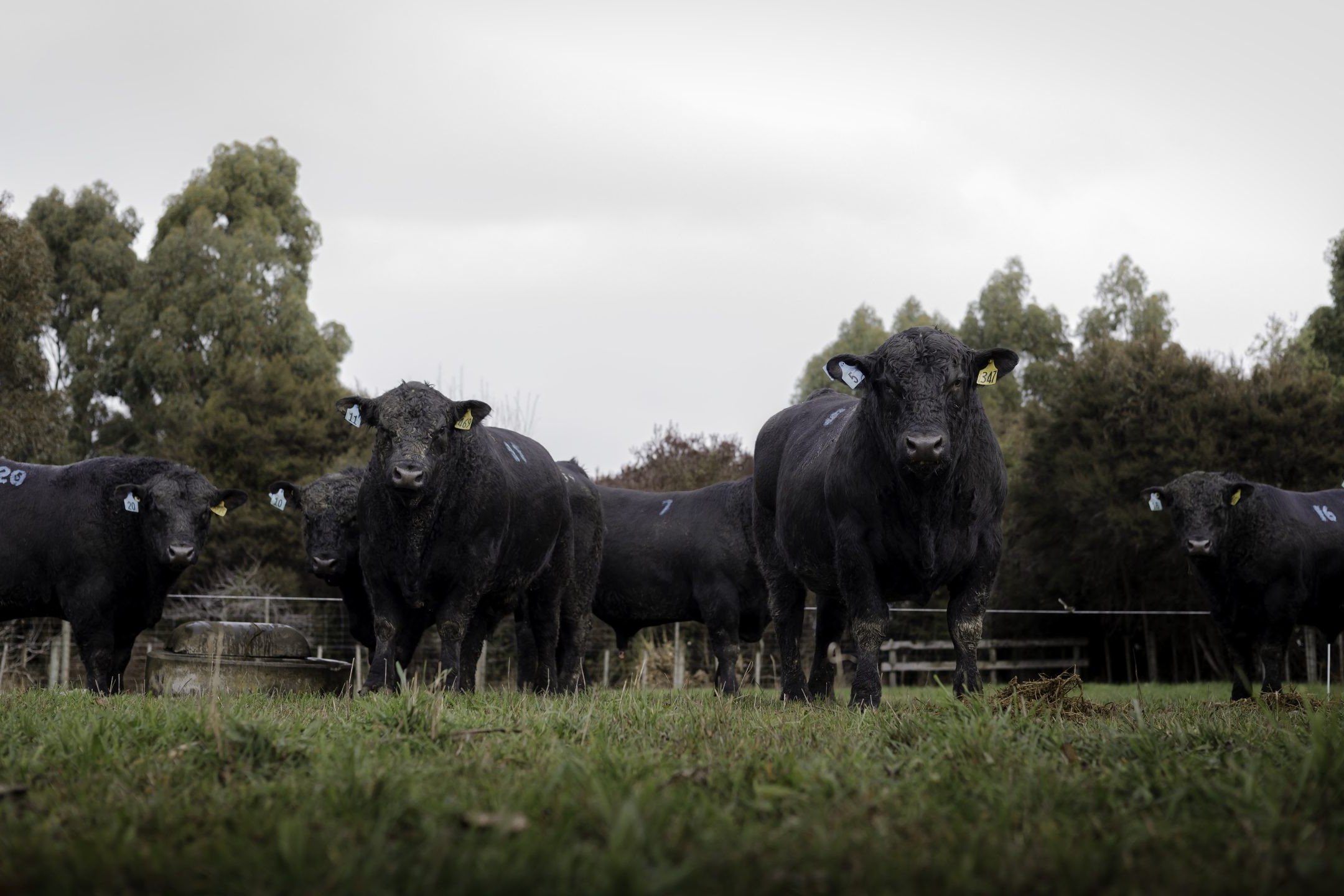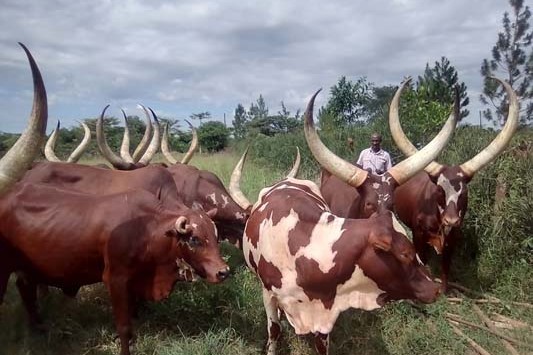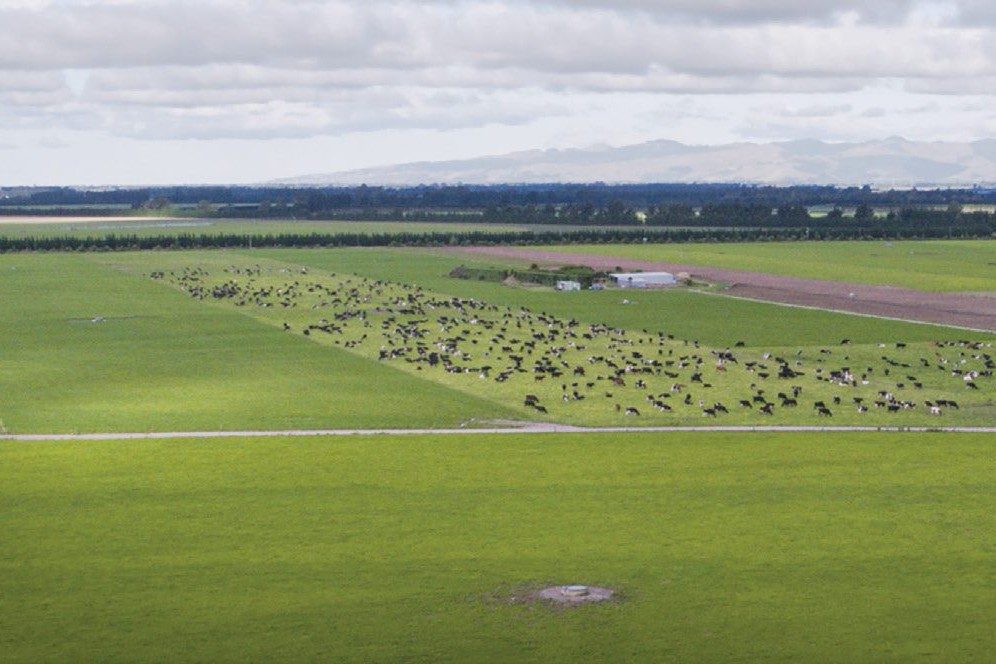Pastoral dairy farmers in New Zealand and Ireland share distinct challenges with technology, which tends to be designed for confinement farming, Phil Edmonds writes.
Last month Agritech NZ hosted the New Zealand-Ireland Agritech Summit 2022, which recognised the similarities in focus that both nations have in advancing their respective agriculture sectors. It also offered a reminder of the unique challenges both face in requiring distinct technology solutions to progress their respective dairy industries based on pastoral rather than confinement systems.
Perhaps above the recognition of shared futures in sustaining pastoral dairy industries, it was an opportunity for those engaged to take stock of where NZ’s agritech sector is at, and what its focus is (and should be) compared to other dairy producing countries.
What emerged was a realisation that NZ farmers and the NZ Government want and need agritech to deliver on two different fronts, and that in order to keep making efficiency gains, farmers need to think about innovation and technology as being more than new gadgetry.
First, the summit clearly pointed to the exceptional place New Zealand and Ireland play in dairy production, and the resulting tech deficit they have to cope with as a result.
To date, many of the ‘shiny new things’ that have been developed internationally to enhance dairy production have been modelled for confinement farming. Due to this, uptake of technology in these systems has been both easier and more prevalent. It has also meant that there have been more opportunities for those who operate ‘off grass’, to invest in innovations focused on being more productive.
Speaking at the summit, Dairy Holdings chief executive Colin Glass said “Whether we recognise it or not, as pasture farmers, we are in a race with the rest of the world in dairy.
“Confinement systems, particularly with those based on corn production, are achieving 3.5% compound average gains per annum due to gains from new technologies, compared to pasture at about 0.2%.
“This means every 20 years, corn producing farmers are doubling their efficiencies while pasture farmers take significantly longer.”
New Zealand (and Ireland) then, are compelled to develop and adopt technologies that will increase productivity on pasture, as is the case for confinement farming, but also address the unique challenges that pasture farming faces both now, and into the future.
We’re all aware of the productivity gains NZ dairy farming has made in times with limited investment in technology, but Glass insisted we need to keep getting better every year and try to match other models of farming.
“What we are seeing now is that our ability to continue lifting production is being challenged on a whole host of fronts, including the need to address water quality and greenhouse gas emissions. Despite this we need to continue looking for efficiencies, and essentially do more with less.”
It goes without saying that NZ needs to keep up to speed on productivity gains, but in terms of technology development the Government believes the sector has to focus on addressing the broader threats Glass mentioned, rather than helping to pump out more volume with fewer costs.
Minister of Agriculture Damien O’Connor spoke at the summit, and emphasised this point, issuing a reminder that to ensure a sustainable future for our agricultural practices we have to work on mitigating their impact on water quality, the climate and biodiversity.
But given the external nature of these challenges, there seems to be a necessary role for the Government to front up and help enable those technologies to emerge that will provide fixes.
AgritechNZ chief executive Brendan O’Connell agrees, and says agritech development would happen a lot slower in NZ without Government support.
Share the load
The need for the Government to play a role should be obvious, because some of the benefits that will accrue from implementing onfarm technology to solve these challenges are shared ‘downstream’. For example, O’Connell said “you can’t have costs incorporated onfarm and the benefits banked somewhere else”. NZ as a whole will benefit from meeting GHG commitments if onfarm emissions are reduced. So, the costs needing to be borne in the short term, for long-term benefits need to be shared.
What this raises, is the under-acknowledged prospect that the NZ pastoral agricultural sector could start entering an era where its operations start to be subsidised.
O’Connell says MPI is looking at different policy settings to incentivise technology developments that will tackle pastoral farming challenges, which will present a shift in how the sector identifies itself. Most NZ farmers have not operated in a culture of subsidies, but that could be what the future looks like. O’Connell says that “for the Government to get the results it wants, it will have to be creative about how that’s achieved. It can’t just regulate – it will have to incentivise.”
It’s worth comparing for a moment where Irish pasture dairy farmers are on this trajectory, given they face the same external challenges NZ farmers do.
Rather than being new to intervention, Irish farmers have benefited from years of government funding to develop technology solutions via the European Union’s Common Agricultural Policy. They’re accustomed to operating under a wave of regulations on do’s and don’ts. As a result they have lucked-in with much stronger research focus on high productivity under those constraints.
At the Summit, Irish dairy farmer and consultant Paidi Kelly did note however that while its government had heavily subsidised agritech in genetics and performance management, particularly since the 2008 financial crisis when the country was forced to diversify its economy, there was a now a significant fear that it could abandon farming because of its high greenhouse gas footprint. “We now need support from the Irish government more than ever in order to adapt and innovate.”
So where does that leave the focus for agritech development in NZ?
As mentioned earlier, there are essentially twin drivers in terms of demand for agritech in NZ – on the one hand internal (drive for onfarm productivity) and on the other external (industry’s social licence to operate, and meet market expectations).
Nearly two years ago a strategy to grow NZ’s agritech sector was unveiled with the release of an Industry Transformation Plan (ITP).
At the time the focus was on both increasing NZ’s agritech exports and advancing our sustainable primary production, with the Government committed to supporting the commercialisation of new products and maximising local adoption of NZ agritech.
Since then, O’Connell said there has been a strong focus on developing ‘weightless’ agri exports in the form of technology rather than just shipping food from our shores. But there is also a greater need to now look at changes needed in the domestic primary sector.
With reference to the Transformation Plan, there has been progress on improving domestic adoption by improving digital access in many areas.
But O’Connell also recognised there are still a lot of individual solutions that don’t talk to each other. Some digital systems onfarm still require double entry.
These could be considered ‘maturity’ challenges which are part of the process of managing a growing industry. There’s likely to be a need for the Plan to evolve, to include better education and support services for farmers using these technologies.
Back to the summit, and Glass’s plea for technology to focus on pasture farming’s productivity gains; this could be helped by NZ farmers thinking more broadly about how their farm business management can help create efficiencies – as much as ‘shiny kit’ can.
It was a point made by DairyNZ’s associate strategy and investment leader Mark Neal, who said adopting innovative business models should be considered as technological advances in this context.
He said later that DairyNZ is helping to create awareness of the efficiencies that can be made from business planning and development.
“Case studies of budgets and KPIs are provided on the DairyNZ website while targeted events provide advice on farm systems and options to lift profitability. DairyBase supports this with regional benchmarking to compare production and profitability.”
For Glass, he’s seen onfarm efficiencies typically come from the people who use farm systems, not the systems themselves.
“Farmers that have high production tend to be brilliant at everything else, including better herd health, lower lameness and better in-calf performance. Technology has helped identify who those people are by the increase in ability to measure performance.” In this instance, technology is being used as an input into a pasture farm management, rather than effectively ‘driving the bus’, as it might do on a large confinement farm.
There’s no doubt the Government will have an increasing role to play in ensuring agritech development in NZ works to address domestic challenges as much as it expands to reach its potential as an export earner of its own right. For NZ pasture farmers, productivity gains are unlikely to reach unseen heights by watching a machine do all the work as in some other farming models. Persisting with innovative thinking will be as important as ever.






